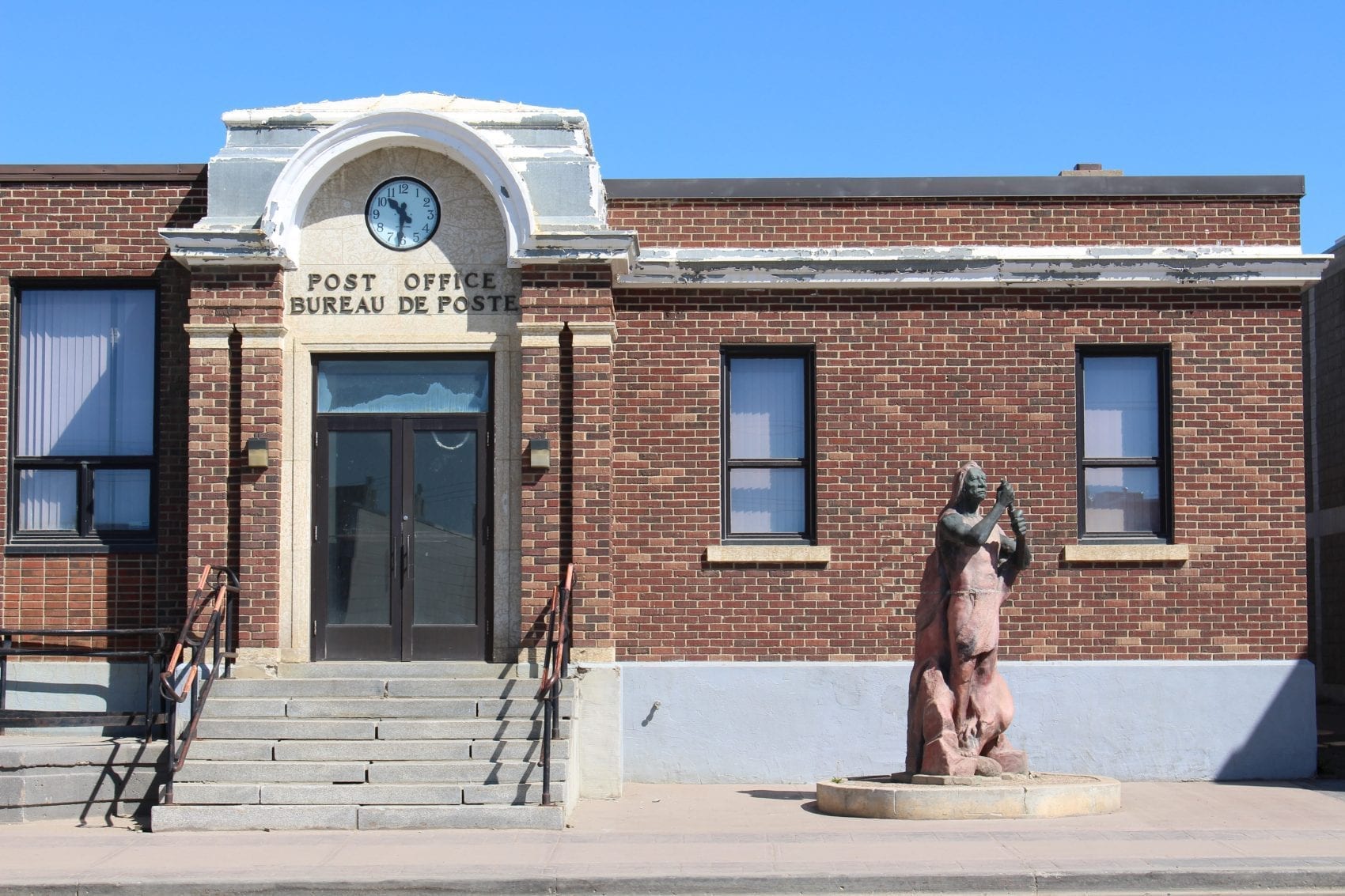St. Paul, nerve centre of the Francophone region of northeastern Alberta

The town of St. Paul, located 200 km northeast of Edmonton, is the nerve centre of a region where Francophones settled in the early 20th century, especially in Bonnyville, Cold Lake, Lac La Biche and Plamondon, in addition to St. Paul. The local museum, historic plaques, artists and community activities organized by the regional chapter of the Association canadienne-française de l’Alberta, which has its offices in St. Paul, ensure the vitality and vibrancy of Francophone culture in the region. In 2016, more than 10% of the inhabitants of St. Paul were native French speakers, and 20% of them declared that they were bilingual. The École du Sommet French school ensures that the Francophone community will continue, and helps promote Francophone culture by presenting the circus Un jour, organized by students throughout the school year. St. Paul also makes its mark with its landing pad for unidentified flying objects (UFOs) and its UFO exhibit. All visitors, even visitors from space, are therefore welcome in St. Paul.
To learn more…
Welcoming Earthlings to St. Paul
In all honestly, the town of St. Paul is visited by more Earthlings than extraterrestrials. In the local museum run by a team of volunteers, visitors can walk through two bilingual exhibitions. The first is focused on agriculture and includes various objects, old farm machinery and photos tracing the evolution of agricultural practises in the region during the 20th century. The other exhibition deals with the first occupants of the Saint-Paul-des-Métis settlement founded by the missionary Albert Lacombe in 1896. Its objective was to provide refuge to the Métis, who had fallen on hard times. Starting in 1909, that territory, which was originally reserved for Métis, was opened up to settlers of all origins, and a number of French Canadians came to settle there. One of the features of the exhibition is an old trapper’s cabin. Guided visits are available for groups, and a treasure hunt enlivens the visit.
Bilingual interpretive displays installed throughout the town by the Association canadienne-française de l’Alberta (ACFA) address various aspects of the town’s history, including the foundry established by the pioneer Edmond Mailloux, the Canadian Legion Branch #100 established during the First World War, and the municipality’s Métis past. These displays, designed and created by the local artist Herman Poulin, use the landscape of the nearby Upper Therrien Lake as a background, and a specific design brings each of them to life. One of the most popular community activities organized by the ACFA is the sugar shack hosted by the St. Paul Shiver Fest, a winter festival that takes place during the Family Day long weekend in February. ACFA volunteers offer hot drinks, a campfire, traditional games, and of course maple taffy poured over snow.
A number of professional Francophone artists are natives of St. Paul or the surrounding area. The sculptor and painter Herman Poulin, mentioned above; Louise Piquette, a multidisciplinary artist who draws her inspiration from family members, friends and acquaintances to create her works; Margo Lagassé, sculptor and ceramic artist; and Crystal Plamondon, country-folk singer. In addition, the Les Blés d’Or dance troupe, founded in 1973, was the first to teach traditional French-Canadian dance in Alberta. The recent development of circus arts at the École du Sommet is an initiative of two renowned former Cirque du Soleil artists.
From Saint-Paul-des-Métis to Saint-Paul
In the late 19th-cenury, the Métis, born from marriages between fur trade voyageurs and Indigenous women, were experiencing profound hardships. The traditional bison hunt was no longer possible, as the bison had disappeared. The commercial transportation that they provided with horse-drawn carriages was replaced by the railroad. Furthermore, their settlement in Batoche, Saskatchewan, ended up in a confrontation with armed government forces, and the defeat of the Métis led to their marginalization. In 1896, the missionary Albert Lacombe, who had lived with the Métis since 1852 and was distressed by their plight, obtained from the Canadian government a grant of land that would be reserved for the Métis, where they could farm without worry or rejection.
This colony, Saint-Paul-des-Métis, remained government property, but it was leased for 99 years, for the modest sum of $1 per year. Each Métis family that settled there received 80 acres of land, livestock, farming equipment, and access to collective land for hay, pasture and wood. Alcohol was forbidden under penalty of expulsion. One year after its creation, there were already fifty families living in Saint-Paul-des-Métis. A chapel, a rectory, a sawmill, a windmill and a boarding school were soon built. The Oblates and the, Sisters of the Assumption taught the children. However, storms, a fire at the school in 1905 and the government’s delay in sending the promised financial assistance caused difficulties, and the colony failed. In 1908, the lease was cancelled, and the following year, without the knowledge of the Métis, the government opened the area to settlers of all origins, who were given free access to the land. On April 10, 1909, 450 homesteads were granted, mainly to French-Canadians, as well as to immigrants from Ukraine and Great Britainand toa few additional Métis. The community then developed quickly. In particular, it showed how dynamic it was in 1920 when it funded and built, with no assistance, a 48 km-railroad track to connect the village to the Canadian railway network. In 1936, the village took the name St. Paul, with no mention of the Métis.
In 1967, to diversify its economy, this agricultural community built an innovative landing pad for UFOs, in order to attract tourists. Since then, the inhabitants of St. Paul have always happily welcomed visitors, no matter where they come from.





